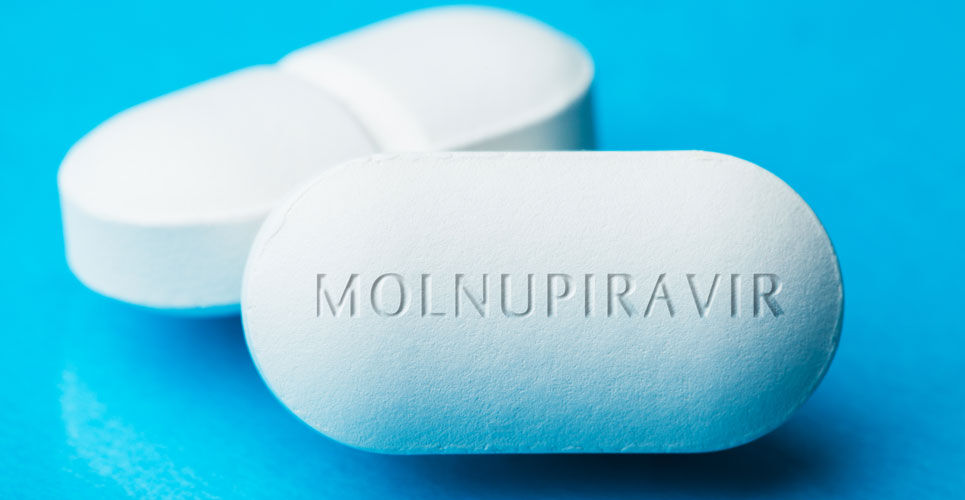A secondary analysis of trial data suggests additional possible clinical benefits from molnupiravir in the treatment of those with COVID-19
There may be additional clinical benefits from the use of molnupiravir in patients with COVID-19 that extent beyond either hospitalisation or death. This was the suggestion of a secondary analysis of data from the MOVe-OUT trial by an international group of researchers in collaboration with the manufacturer, Merck and Co.
Molnupiravir is a small-molecule ribonucleoside prodrug of N-hydroxycytidine (NHC) and was used in MOVe-OUT, a phase 3, double-blind, randomised, placebo-controlled trial. The trial was designed to test the efficacy and safety of treatment with molnupiravir started within 5 days after the onset of signs or symptoms in non-hospitalised, unvaccinated adults with mild-to-moderate, COVID-19 and at least one risk factor for severe COVID-19 illness. The results showed how the drug, given at a dose of 800 mg every 12 hours for 5 days, reduced the risk of both hospitalisation or death.
While molnupiravir was clearly effective, researchers wondered if there were any further clinical benefits attributable to the drug and therefore decided to perform a secondary analysis of the data generated from the trial. In particular, they focused on the need for respiratory interventions, COVID-19-related acute care visits and changes in the level of inflammatory markers such as C-reactive protein (CRP). The reported outcomes were assessed in terms of the relative risk reduction (RRR).
Additional clinical benefits of molnupiravir
The original trial randomised 1433 participants to either molnupiravir or placebo. In the current analysis, there was an observed reduction in CRP levels as early as day 3 and this was greater than for the placebo group (-1.44 vs 1.92, molnupiravir vs placebo, p value not stated) and in fact, CRP levels in the placebo group did not reduce until day 10.
Fewer patients given molnupiravir required any form of respiratory intervention (RRR = 34.3%, 95% CI 4.3% – 54.9%), in particular noninvasive mechanical ventilation (RRR = 75.4%). In addition, among the subgroup of patients who became hospitalised, fewer treated with molnupiravir required any form of respiratory intervention (RRR = 21.3%).
There was also difference in the proportion of molnupiravir patients requiring either an acute care visit (RRR = 32.1%) or a COVID-19-related acute care visit (RRR = 33.8%) compared to those taking placebo.
While there were clear improvements in the numerical values for CRP, the authors did not report any associated statistics and it is therefore unclear whether the observed differences were statistically significant. It is also unclear if these differences were deemed to be clinically meaningful. A further limitation recognised by the authors was that the data were derived from patients who were unvaccinated against COVID-19 and so the generalisability of the findings to patients already vaccinated are not clear.
Despite these limitations, the authors concluded that their findings suggested added clinical benefits from the use of molnupiravir in the treatment of non-hospitalised adults with mild to moderate COVID-19.
Citation
Johnson MG et al. Effect of Molnupiravir on Biomarkers, Respiratory Interventions, and Medical Services in COVID-19. A Randomized, Placebo-Controlled Trial Ann Intern Med 2022

